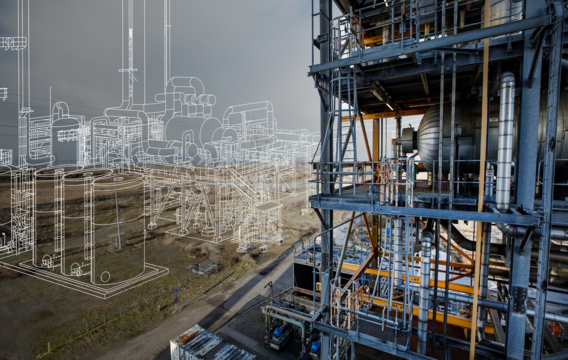Carbon Capture
Carbon capture is set to play an increasingly important role in the decarbonising of energy supplies

With global energy demand forecast to increase over the coming years, there’s urgent need for means to remove emissions from established power generating technologies, while renewable energy supply increases to meet demand. Utilising BOC’s extensive experience with hydrogen and market position as the leading UK supplier of hydrogen, we are driving a number of exciting projects to scale carbon capture technology and use it to deliver low-carbon hydrogen to help fuel clean industrial growth.

